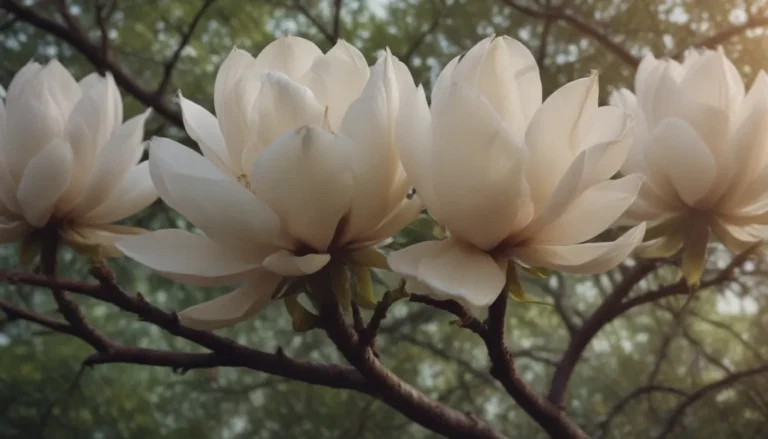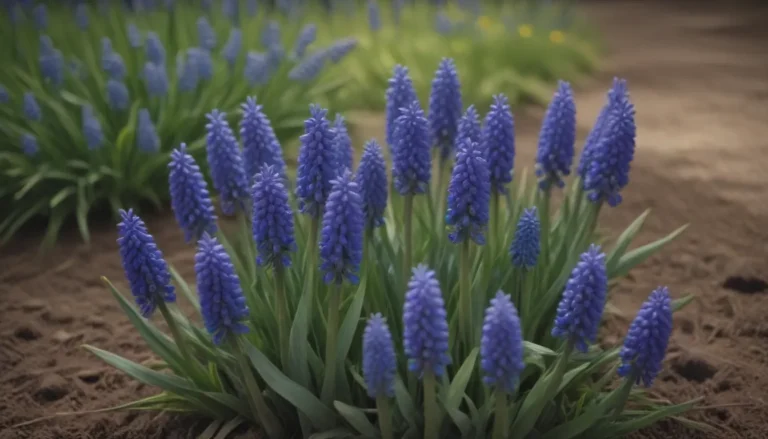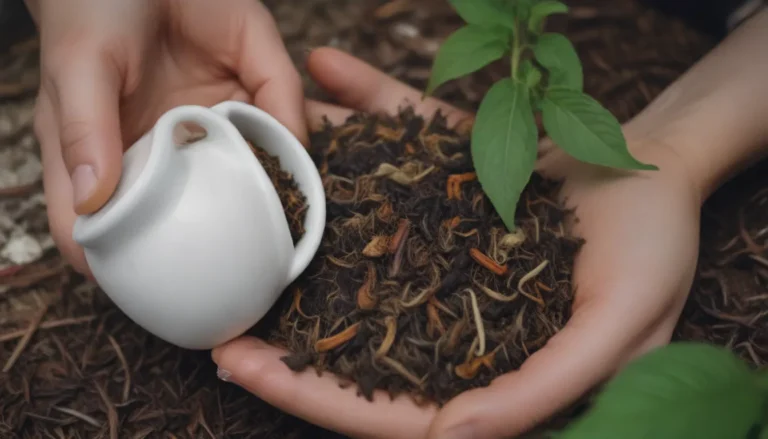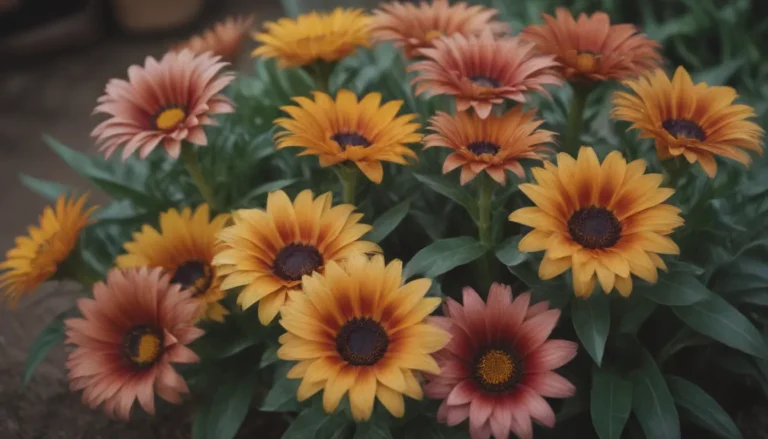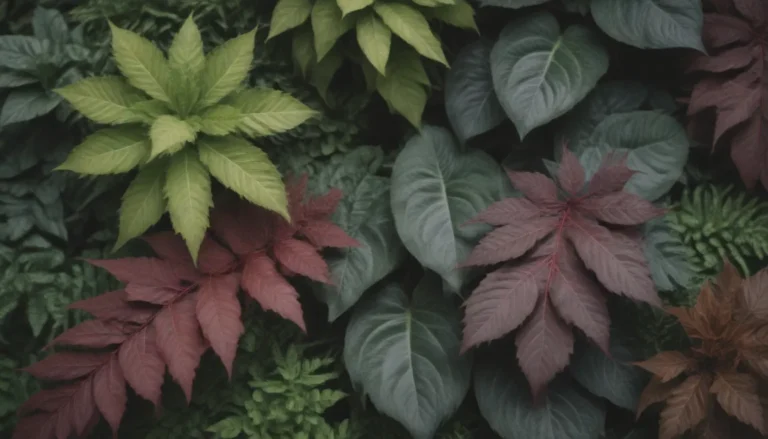The Comprehensive Guide to Growing and Caring for Deodar Cedar Trees
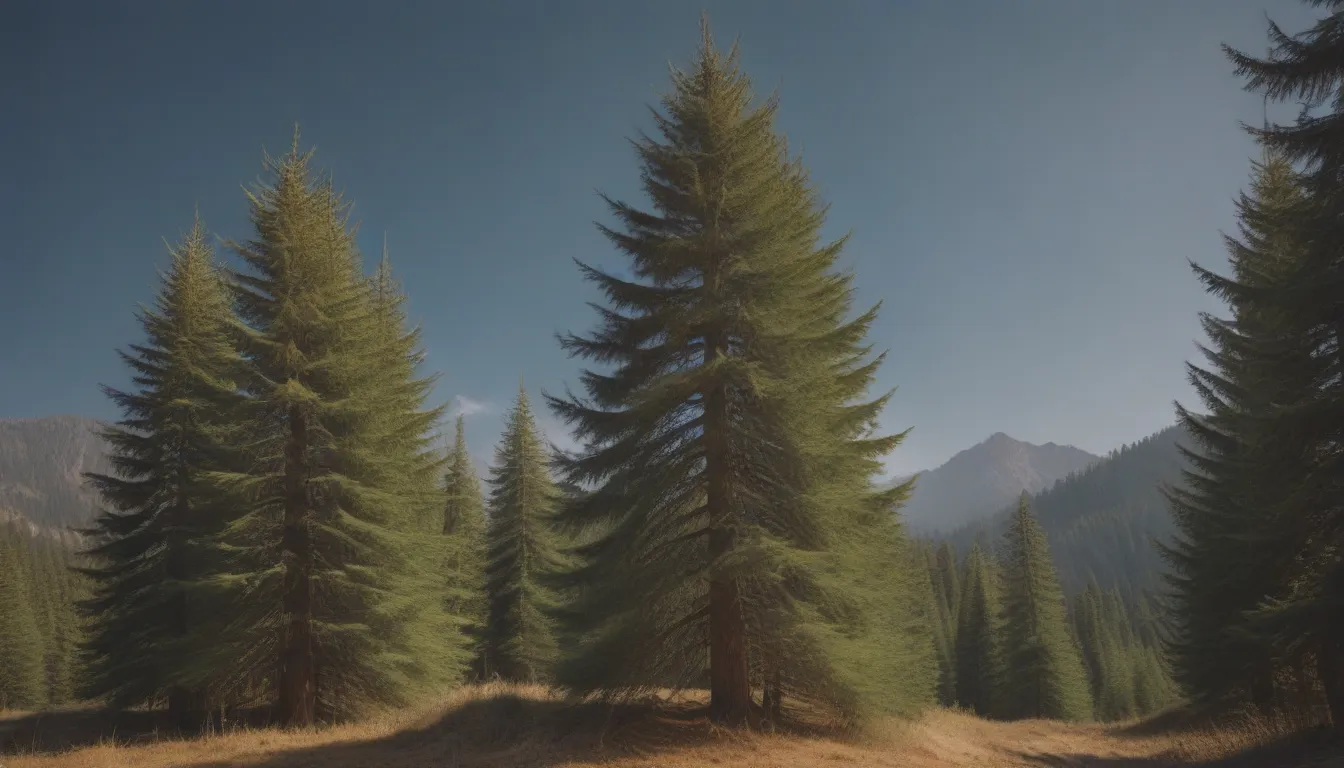
Are you looking to add a majestic touch to your garden or landscape? Look no further than the beautiful deodar cedar tree. With its weeping habit and pyramid shape, the deodar cedar is an evergreen conifer that is sure to make a statement in any setting. In this in-depth guide, we will explore everything you need to know about growing and caring for deodar cedar trees to ensure they thrive and flourish in your outdoor space.
Getting to Know the Deodar Cedar
Before diving into how to care for deodar cedar trees, let’s take a closer look at some key characteristics of this majestic tree:
- Origin: The deodar cedar, also known as Cedrus deodara, is native to the western Himalayas.
- Size: This conifer can grow up to 50 feet tall, with some specimens reaching heights of up to 250 feet in its native range.
- Growth Rate: Deodar cedar trees grow at a moderate rate of 1 to 3 feet per year under ideal conditions.
- Needles: The needles of the deodar cedar are soft to the touch and appear in bluish-green, grayish-green, or silvery hues.
- Cones: Mature deodar cedar trees produce reddish-brown oval cones that bear fertile seeds.
Identifying Deodar Cedar Trees
To successfully care for your deodar cedar tree, it’s essential to be able to identify it accurately. Here are some key features to look for:
- Branches: Deodar cedar trees have pendulous branches that create a sweeping, pyramidal shape.
- Bark: The bark of the deodar cedar is gray and scaly in appearance.
- Needles: The needles of the deodar cedar grow in whorls of 20 to 30 and are 1 to 2 inches long.
- Cones: Mature deodar cedar trees bear reddish-brown oval cones that contain fertile seeds.
Now that we’ve covered the basics let’s move on to how you can care for and grow a healthy deodar cedar tree in your outdoor space.
Creating the Ideal Growing Conditions
For your deodar cedar tree to thrive, it’s essential to provide the right growing conditions. Here are some factors to consider:
- Sunlight: Plant your deodar cedar in a spot that receives full sun, though it can tolerate partial shade.
- Soil: Deodar cedars prefer well-drained soil that is slightly acidic. They can grow in various soil types, including loam, sand, and clay.
- Water: While mature deodar cedars are somewhat drought-resistant, ensure the tree receives plenty of water, especially during the first few growing seasons.
- Temperature and Humidity: Deodar cedar trees have excellent tolerance to heat and humidity.
Planting and Maintenance Tips
- When to Plant: Early spring or fall are the best times to plant a deodar cedar sapling.
- How to Plant: Dig a hole three times as wide as the tree’s root ball, add organic matter to the soil, place the root ball in the hole, and water thoroughly.
- Pruning: Prune dead, damaged, or diseased branches before new growth begins in the spring.
- Propagation: While propagating deodar cedars from seeds is recommended, it can be challenging to propagate them from cuttings or grafting.
- Fertilization: While deodar cedars don’t necessarily need fertilizer, you can apply an acidifying fertilizer in the spring before new growth begins.
Common Pests and Diseases
To ensure your deodar cedar tree remains healthy and vibrant, it’s essential to be aware of common pests and diseases that can affect it:
- Giant Conifer Aphids: These pests can produce a sticky liquid called honeydew, which can make the tree’s surroundings tacky. Remove them by spraying water or using insecticidal soap.
- Cedar Bark Beetles: These beetles can cause extensive damage to deodar cedar trees, leading to death. If infested, early intervention is crucial to preserving the tree.
- Root Rot: Ensure the soil drains well to prevent root rot from occurring in your deodar cedar tree.
Overwintering and Common Issues
- Overwintering: Protect young deodar cedars from heavy snow or ice accumulation by wrapping them in burlap or using plant-safe netting around stakes.
- Common Issues: Watch out for discolored needles dropping early or tree tops dying, as these could be signs of pests or diseases affecting your tree.
In conclusion, deodar cedar trees are a stunning addition to any garden or landscape, with their gracefully drooping branches and pyramid shape. By providing the proper care and growing conditions, you can enjoy the beauty of these majestic trees for years to come.
Remember to monitor your tree regularly for any signs of pests or diseases, and take proactive measures to address them promptly. With the right care, your deodar cedar tree will thrive and become a focal point in your outdoor space.
Now that you have the knowledge to grow and care for deodar cedar trees, it’s time to put it into practice and watch your tree flourish and grow into a stunning focal point in your garden. Happy planting!
